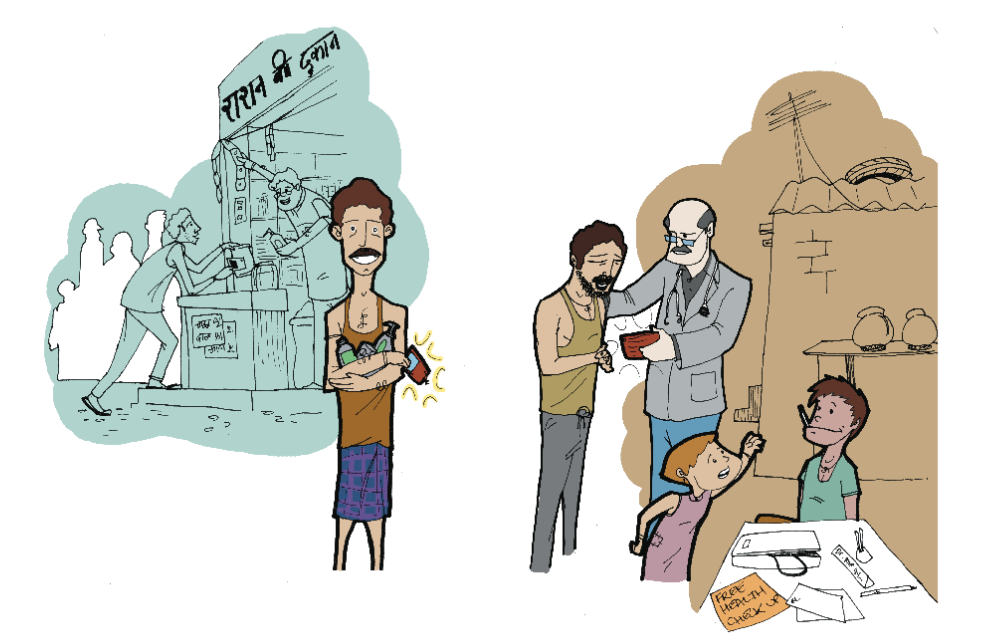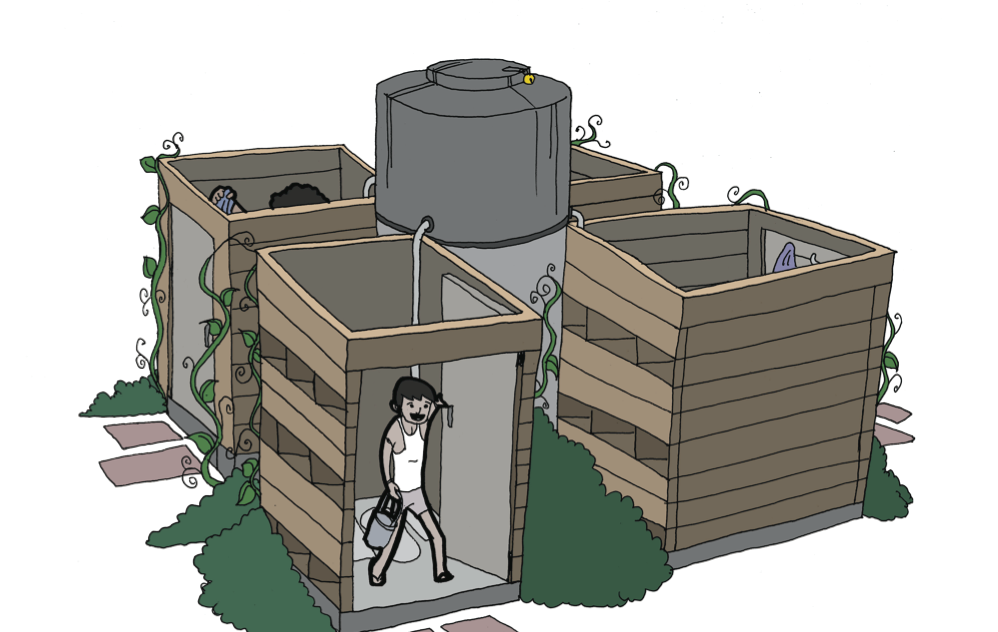The Potty Project was a user-centered research study to understand the experience of sanitation and hygiene in slums in urban India.
About 2.5 billion people use unsafe toilets or defecate in the open. Poor sanitation causes severe diarrhea, which kills 1.5 million children each year. The Bill and Melinda Gates Foundation believes that smart investments in sanitation can reduce disease, increase family incomes, keep girls in school, help preserve the environment, and enhance human dignity.
Keeping that in mind, they contracted Quicksand to carry out the Potty Project which is focused on understanding sanitation in urban slums in India from a user-centered point of view.
The study, explored people’s experiences around sanitation and hygiene in urban slums in particular, the motivations, behaviors and attitudes that influence the choice, as well as use of facilities for defecation and other sanitation related activities.

Research Approach
The study relies on observational, user-centered research to gather empirical data on experiences around sanitation and various interconnected issues. Data collection was done using a mix of ethnographic methods—including extended observation, semi-structured interviews, participatory research and rich media documentation.
A set of activities were conducted in different phases to understand users and their contexts – experience of using a sanitation facility or open defecation, interaction with amenities and other users while conducting sanitation related activities, perceptions of health and hygiene for themselves and their family and dynamics of the community within which they reside.
Insights
After a process of coding and synthesis using methods such as affinity mapping, a set of insights was gleaned and articulated.
We were thus able to document key insights on the daily lives, routines, and preferences of users interacting with sanitation in urban slums in India. These insights were then placed in categories depending on what scale they were affecting or being experienced in.

An example of an insight from the section ‘Community Cohesion’
Insight: Tenants within a slum tend not to get too involved in the running of sanitation, waste and health infrastructure within a community and don’t work towards improving them. Most of the initiative to improve these facilities comes from home owners living in the slum.
Evidence: In Vatsaltai Nagar, Mumbai, the slum is a mix of rented housing and small industrial units such as shoe-makers. There are very few residents who are the actual owners. The community toilet in this slum was in a dilapidated state, and most tenants are reluctant to spend any money other than the daily usage fee.
Hypothesis: Facilitating greater investment in housing or participatory activities, through schemes such as low-interest loans, will lead to greater involvement in the management of community assets.

Key Areas of Intervention and Scenarios
The study culminated in early 2011 and identified innovation opportunities within the following four areas of community toilet management:
1. Toilet Facility Design
2. Communication
3. Operations and Maintenance Models
4. Business Models
Each of the four areas of intervention were represented with a couple of indicative manifests, all of which are possible interventions but in addition, are also representative of other context-specific interventions that could evolve from the hypotheses.


The Web Platform
One of the objectives of the project is to be able to make the findings from this research accessible and easy to disseminate within a larger community, for the purpose of which an online publication in the form of an interactive research knowledge product has been created. This online publication has been designed as a ready-reckoner for interested stake-holders of urban sanitation. It breaks down the user experience around urban sanitation into its various components and highlights likely but untested opportunities to improve the same. Access here
The data from the research is presented in the form of evidence-based insights from the field, which are further synthesized to create testable hypotheses based on findings from the research.
